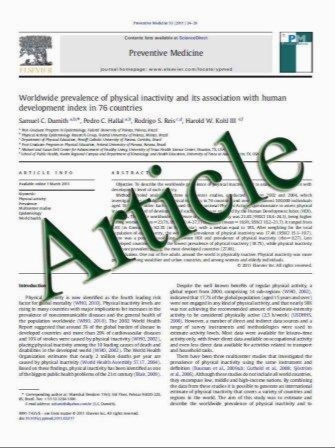Xenon Anesthesia Reduces TNFα and IL10 in Bariatric Patients
- نوع فایل : کتاب
- زبان : انگلیسی
- مؤلف : Antonio Abramo & Claudio Di Salvo & Giacomo Baldi & Elena Marini & Marco Anselmino & Guido Salvetti & Francesco Giunta & Francesco Forfori
- چاپ و سال / کشور: 2011
Description
Background Anesthesia is able to modulate the balance between proinflammatory and anti-inflammatory cytokine production during surgery. The aim of this study is to assess the effect of three anesthesia approaches, total intravenous anesthesia (TIVA), inhalation anesthesia, and xenon anesthesia, on sieric levels of nitric oxide (NO), IL6, IL10, and TNFα in obese patients undergoing Roux-en-Y laparoscopic gastric bypass. Methods Thirty adult morbidly obese patients (BMI>35) scheduled for Roux-en-Y laparoscopic gastric bypass were randomly recruited and allocated to TIVA (N=10), inhalation anesthesia (SEV, N=10), and xenon anesthesia (XE, N=10). Exclusion criteria were ASA IV, age <18 or >60 years, and Mallampati IV. Opioid dosage and ventilation parameters were standardized. Sieric levels of NO, IL6, IL10, and TNFα were assessed at T0 (before induction of anesthesia), T1 (end of surgery), and T2 (12 h after the end of surgery). We compared the relative cytokine level variations (delta) at T1 and T2 and the cytokine exposure levels calculated as the area under the curve (AUC) between T0 and T2 in the XE and non-XE (SEV+TIVA) groups. Results At T1, we found a significant ΔIL10 (reduction) and ΔTNFα (reduction) between XE and SEV (p<0.05) and XE and TIVA (p<0.05) groups. At T2, ΔIL10 was still significant. Furthermore, we found a reduced AUC value for TNFα in the XE group. Conclusions Xenon anesthesia seems able to inhibit postoperative proinflammatory cytokine imbalance in morbidly obese patients undergoing Roux-en-Y laparoscopic gastric bypass; the reduced ΔTNFα at T1 and the reduced global exposition to TNFα in the XE group may explain the reduced ΔIL10 at T1 and T2.
OBES SURG DOI 10.1007/s11695-011-0433-y


